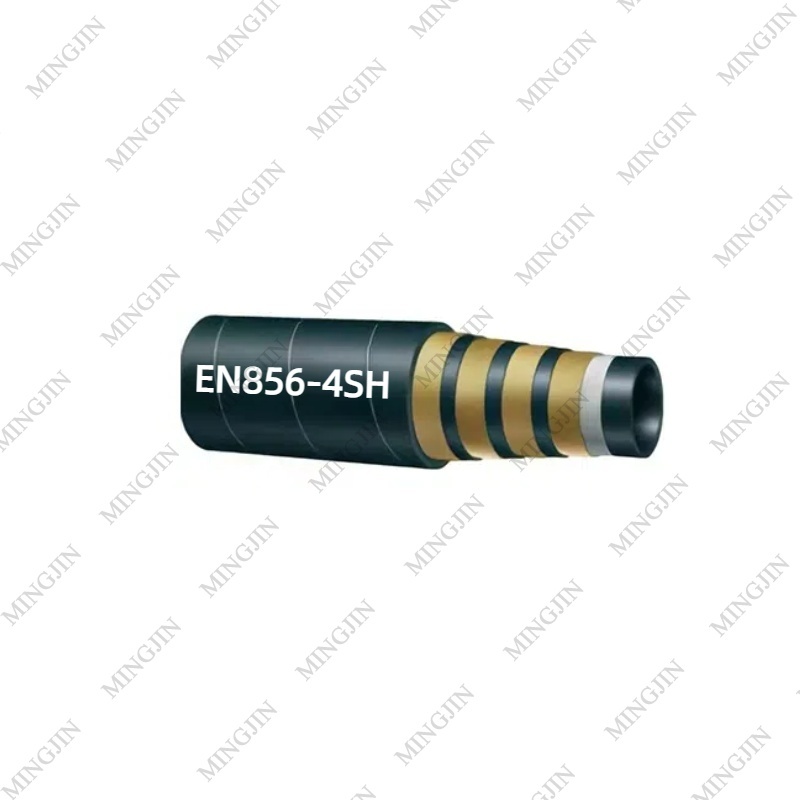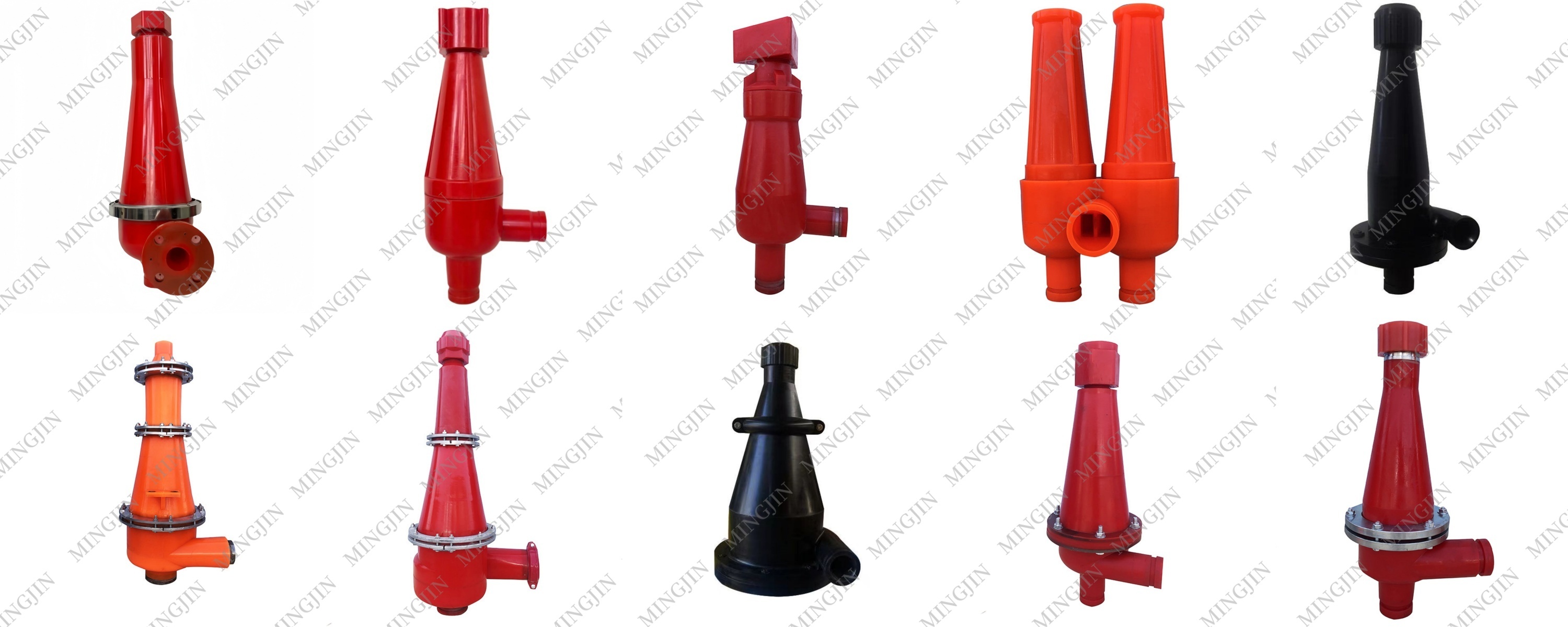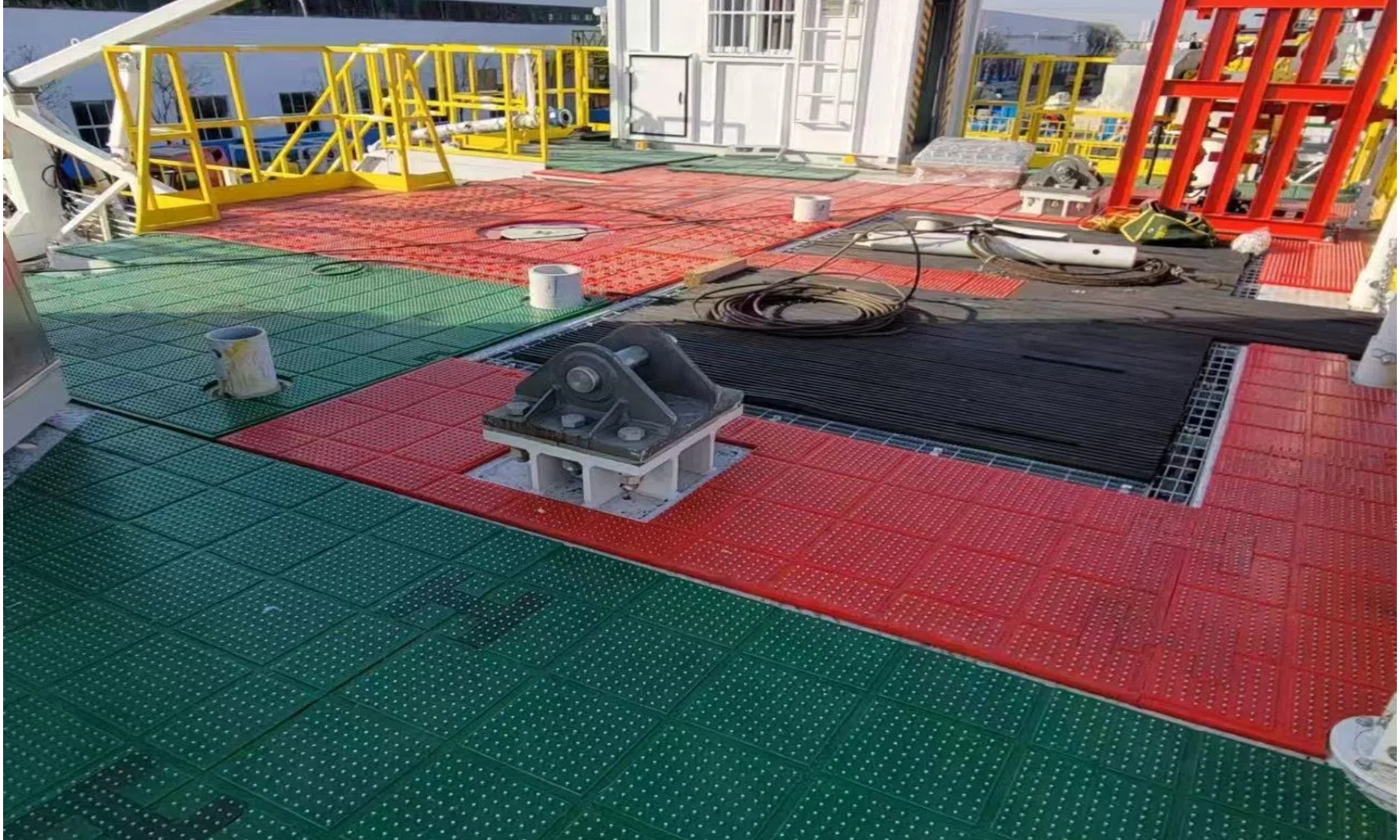What is the impact of burst pressure on rubber hoses
Feb 21,2025
The impact of work pressure and burst pressure on rubber hoses is significant and critical, as they directly affect the safety, durability, and overall performance of the hose.

The impact of work pressure on rubber hoses:
1. Ensuring safe operation:
Working pressure refers to the maximum internal pressure that a hose can withstand under normal working conditions without leakage, deformation, or damage, which is the basic prerequisite for the safe operation of the hose.
When the working pressure borne by the hose is within a reasonable range, it can ensure smooth transmission of the medium while avoiding damage to the hose due to excessive pressure, ensuring the stability of the entire system.
2. Performance manifestation:
Different industrial hoses have different working pressure bearing capacities due to differences in material, structure, wall thickness, diameter, and other factors. These factors collectively determine the performance of hoses in specific application scenarios.
The selection of work pressure should be based on specific application requirements and environmental conditions to ensure that the hose can meet the operational requirements of the system.
3. The correlation of service life:
Long term exposure to pressure exceeding the design working pressure of the hose will accelerate its wear and aging process, shortening its service life. On the contrary, reasonable control of work pressure within the prescribed range can extend the service life of hoses, reduce replacement costs and maintenance expenses.
The impact of explosion pressure on rubber hoses:
1. Assessment of security performance:
Burst pressure refers to the minimum pressure at which a hose suddenly ruptures due to exceeding its ultimate strength while under pressure. This is an important indicator for evaluating the safety performance of hoses
The burst pressure is usually much higher than the working pressure to ensure that the hose will not rupture due to excessive pressure under normal working conditions.
2. Response to Extreme Challenges:
Under extreme working conditions, such as sudden pressure fluctuations or impact loads, the burst pressure determines the maximum pressure limit that the hose can withstand.
A higher burst pressure means that the hose has better blast resistance and can maintain stable operation under harsher conditions.
3. Prevention of security risks:
Understanding and mastering the burst pressure of hoses can help prevent hose rupture accidents caused by overpressure use and reduce safety risks. When designing and using hoses, their burst pressure should be fully considered to ensure that the hose does not exceed its safety limit under any circumstances.
The impact of work pressure and burst pressure on rubber hoses is mainly reflected in ensuring safe operation, reflecting performance, related service life, evaluating safety performance, responding to extreme challenges, and preventing safety risks. Therefore, when selecting and using rubber hoses, it is necessary to fully understand key parameters such as working pressure and burst pressure to ensure that the hoses can meet the operational requirements of the system and ensure safety.
Key words:



